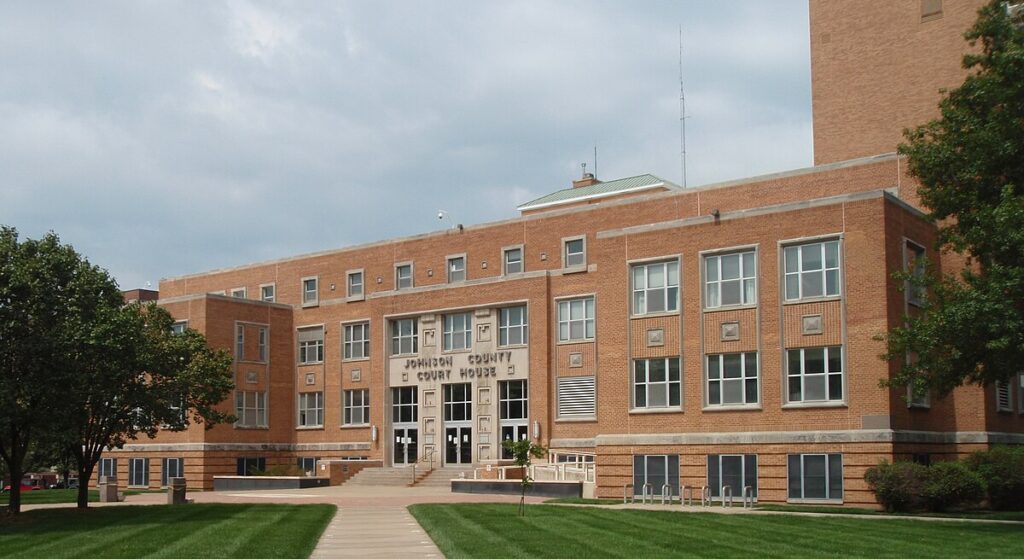
Moving to Olathe, Kansas: A Comprehensive Relocation Guide
Considering moving to Olathe, Kansas? This thriving Johnson County city offers explosive growth, top schools, and family atmosphere. With approximately 145,000 residents in 2025, Olathe combines new development with quality amenities and the Kansas City metro’s largest Kansas suburb.
Demographic Profile to Consider If Moving to Olathe:
Olathe’s 2025 population is approximately 145,000 residents, making it Kansas’ fourth-largest city and Johnson County’s largest, in the Kansas City metro’s southwest corridor experiencing rapid growth. The median age is around 36 years, with families, young professionals, and working-age residents. The population is approximately 79% White, 10% Hispanic, 6% Asian, 4% Black or African American. Olathe features extensive new suburban development, historic downtown, Garmin headquarters presence, and serves as Johnson County’s fastest-growing city. The city attracts families seeking new construction with top schools, professionals wanting Johnson County quality, and those prioritizing family atmosphere with modern amenities. Olathe appeals to middle to upper-middle class families seeking Johnson County’s most affordable option with excellent schools. The community values education, family atmosphere, growth management, and maintaining quality despite explosive expansion. Find trusted local services for moving, living, and working in Olathe.Olathe Relocation Directory
Cost of Living to Consider If Moving to Olathe:
Olathe offers moderate affordability for Johnson County. Median home values range from $280,000 to $420,000 in 2025, lower than Leawood/Overland Park while maintaining Johnson County quality and top schools. The median household income is approximately $85,000. Rental properties average $1,200 to $1,800 monthly. Kansas has no state income tax on Social Security; individual income tax is progressive 3.1%-5.7%. Property taxes are significant but provide excellent services. Overall cost of living is competitive for Johnson County schools and amenities, making Olathe highly attractive for families seeking the county’s most affordable option with top-ranked schools. The city provides tremendous value with new construction and Blue Valley/Olathe schools. Housing costs create accessibility while maintaining Johnson County quality.
Economy and Job Market:
Olathe’s economy includes corporate offices, healthcare, technology, and logistics. Major employers include Garmin International (headquarters employing thousands), Honeywell, Husqvarna, Farmers Insurance, Olathe Health medical center, extensive corporate offices, and distribution centers. The concentration of businesses creates local employment. Many residents work throughout the Kansas City metro. The broader metro offers vast opportunities. Typical commute times within the metro are reasonable though many work locally. The diverse economy provides professional employment. Many residents work in technology, corporate management, healthcare, professional services, and logistics.
Education:
Olathe Unified School District 233 serves city students with highly-rated schools including Olathe North High School, Olathe South High School, Olathe East High School, Olathe West High School, and Olathe Northwest High School, all consistently ranking among Kansas’ best. Blue Valley schools also serve portions. The exceptional schools attract families specifically for educational excellence within Johnson County’s renowned system. The outstanding school system is the primary reason families relocate to Olathe, creating education-focused community values and competitive academic environment.
Recreation and Lifestyle:
Olathe offers historic downtown along Santa Fe Street with local businesses and farmers market, extensive parks including Cedar Lake, Lake Olathe, and the Indian Creek Trail system. The city maintains comprehensive recreation facilities including the Olathe Community Center. Residents enjoy community events, growing commercial development, and immediate Kansas City metro access. The lifestyle emphasizes family activities, new home amenities, outdoor recreation on extensive trails, and quality of life. The four-season climate enables year-round activities. The community values top schools, family atmosphere, trail system, safety, and managing explosive growth while maintaining Johnson County quality. Living in Olathe means embracing rapid growth and development, accepting newer suburb character, and prioritizing Johnson County schools with affordability while enjoying top-ranked Olathe schools providing excellent education at lower Johnson County costs, Garmin headquarters presence, extensive trail system, and new construction creating the county’s most affordable family destination where educational excellence meets value and explosive growth defines Johnson County’s largest city.
Healthcare and Services:
Olathe residents access comprehensive healthcare through Olathe Health (formerly Olathe Medical Center) providing full-service hospital care, Saint Luke’s South Hospital, and facilities throughout Johnson County. The healthcare infrastructure is excellent with quality medical care.
Transportation:
Olathe is accessed via Interstate 35, Kansas Highway 7, Santa Fe Street, and various arterial roads. Kansas City International Airport is 35-45 minutes north. Most residents use personal vehicles. Typical commute times throughout the metro are 25-40 minutes depending on destination.
Conclusion:
Moving to Olathe in 2025 offers premier Johnson County living with explosive growth, top-ranked schools, and family atmosphere. The city’s combination of Olathe schools excellence, Garmin headquarters presence, and Johnson County’s most affordable housing makes it ideal for families, professionals, and those seeking the county’s best value where top schools meet affordability and rapid growth defines Kansas’ fourth-largest and Johnson County’s most dynamic city.

